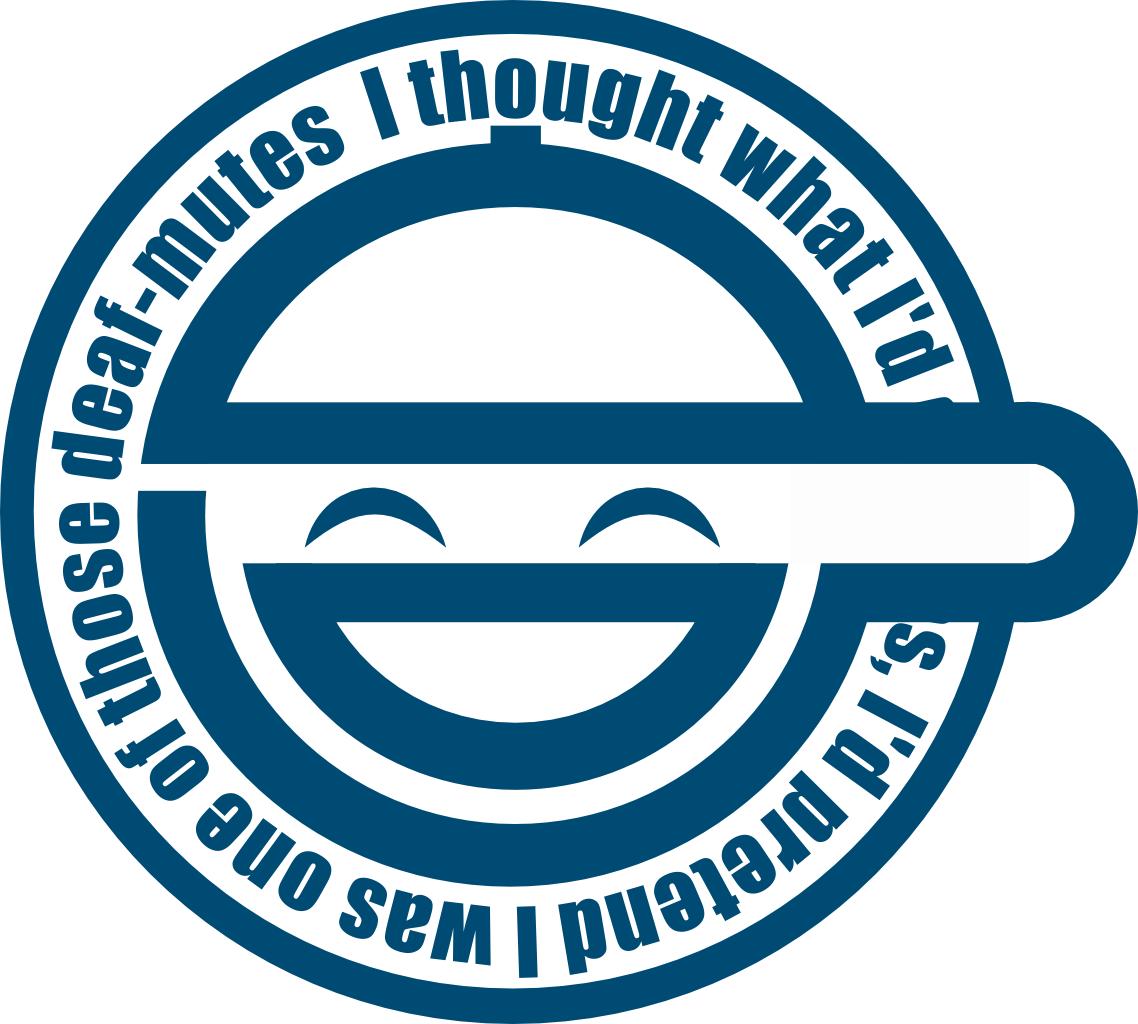- cross-posted to:
- technology@chat.maiion.com
- cross-posted to:
- technology@chat.maiion.com
I think it might still be too early to say for certain. It appears that a lot of the teams working on replication have pretty different outcomes and I think the theoretical studies have shown superconduction may be possible when a very specific structure forms, so maybe the formula just isn’t perfected yet or it needs very specific conditions to form correctly. We’ll know soon enough though, it’s at the very least still an interesting material that deserves more looking into.
Has anyone been able to prove superconductivity?
If it’s been proven that the levitation isn’t a result of the Meissner effect, I don’t see why there is any reason to believe that material is in a superconducting state.
Not at room temperature. According to the Wikipedia page, one team in China has a preliminary report stating they got superconductivity (or at least 10^-5Ω) at 110°K, so maybe that temperature can be increased somehow?
It would be worse than cuprate superconductors which need 130K.
The only proof of superconductivity is from simulations done by Berkely National Labs, but only when the copper atom is in a higher energy than normal position in the crystal lattice, making changes of it doing so in the current production technique small. For this reason I’m still holding out hope that it’s just the synthesis process that needs refining, or if it really isn’t a room temp superconductor, will at least lead to a proper room temp superconductor in the near future
Mind you, the DFT calculation from the Griffin paper is not a proof of LK 99 being a superconductor in any way. What it showed is the (potential) formation of flat bands near the Fermi surface. Band dispersion is associated with the kinetic energy of the electrons, so materials with flat band (and therefore electrons with suppressed kinetic energy) at the Fermi surface are more susceptible to interaction effect (and strong interaction causes all sorts of nonintuitive quantum effects). I’m not a DFT expert in any sense, but from what I’ve heard, it is quite easy to “tune” your model to produce narrow (the limit of which being flat) bands from substitutions (e.g. the Cu substitution in this case) and such, which don’t necessarily lead to superconductivity.
So I’ll take the DFT papers (there are quite a few now) as saying, “hey you want some flat band? Here’s some. We’ve done our part. Now some other theorist, do your magic and conjure up some superconductivity”. It’s a cog in the full picture, if there is a full picture
Those who FOMO-bought into superconductor stocks are going to be in immense pain next week if they haven’t already sold.
Stock prices of Duksung, Seowon and Mobiis ― local manufacturers of tech and materials ― all posted surges during the past few sessions. The price of Duksung rose by 155 percent, Seowon by 73 percent and Mobiis by 127 percent during this week alone.
(from https://www.koreatimes.co.kr/www/biz/2023/08/602_356316.html)
Jesus christ…
And thats how the cookie crumbles. A little sad to see scientists to lie out of their ass.
People outside the team could know about the research they were doing, they could feel pressured to release their results to prove ownership, in case someone else could try and claim the patent.
From what I understood the ones that made the initial discovery weren’t initially trying to make room temperature superconductors and just kinda stumbled upon it and also might not fully understand either how superconductors work or how to test for it, and all tried to rush the paper out.
Is a diamagnetic semiconductor still a useful discovery, or do we already have those?
Still useful, and possibly opens the door to a new branch of research using similar methods which might result in even more discoveries in the future.
Even if this turns out to be a complete nothingburger then as long as there wasn’t any fraud involved, it’s still useful for the future.
I don’t know if LK-99 is a useful discovery, if its only property is diamagnetism.
Ferromagnetic semiconductors are a thing, they used to control quantum spin in quantum computers. They are made by doping a semiconductor with a transition metal, and diamagnetic transition metals do exists.






